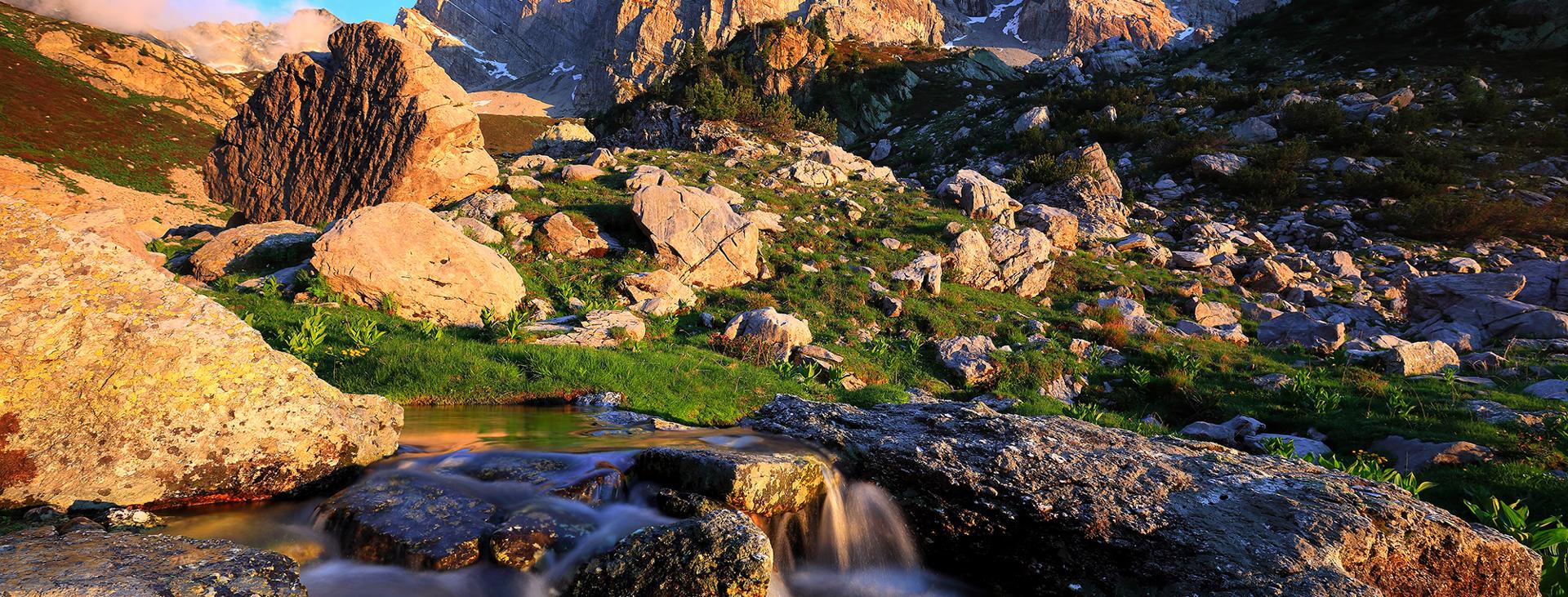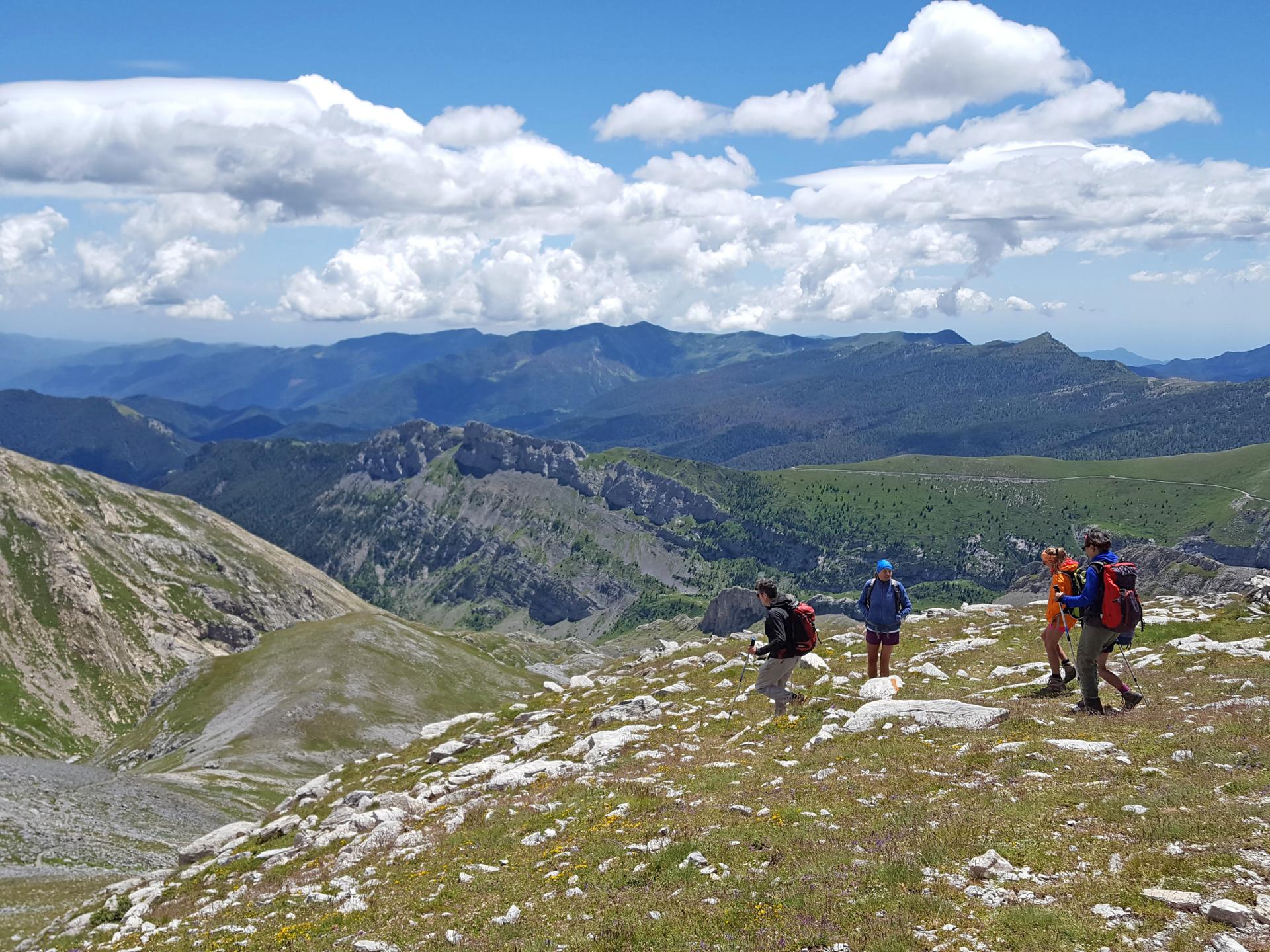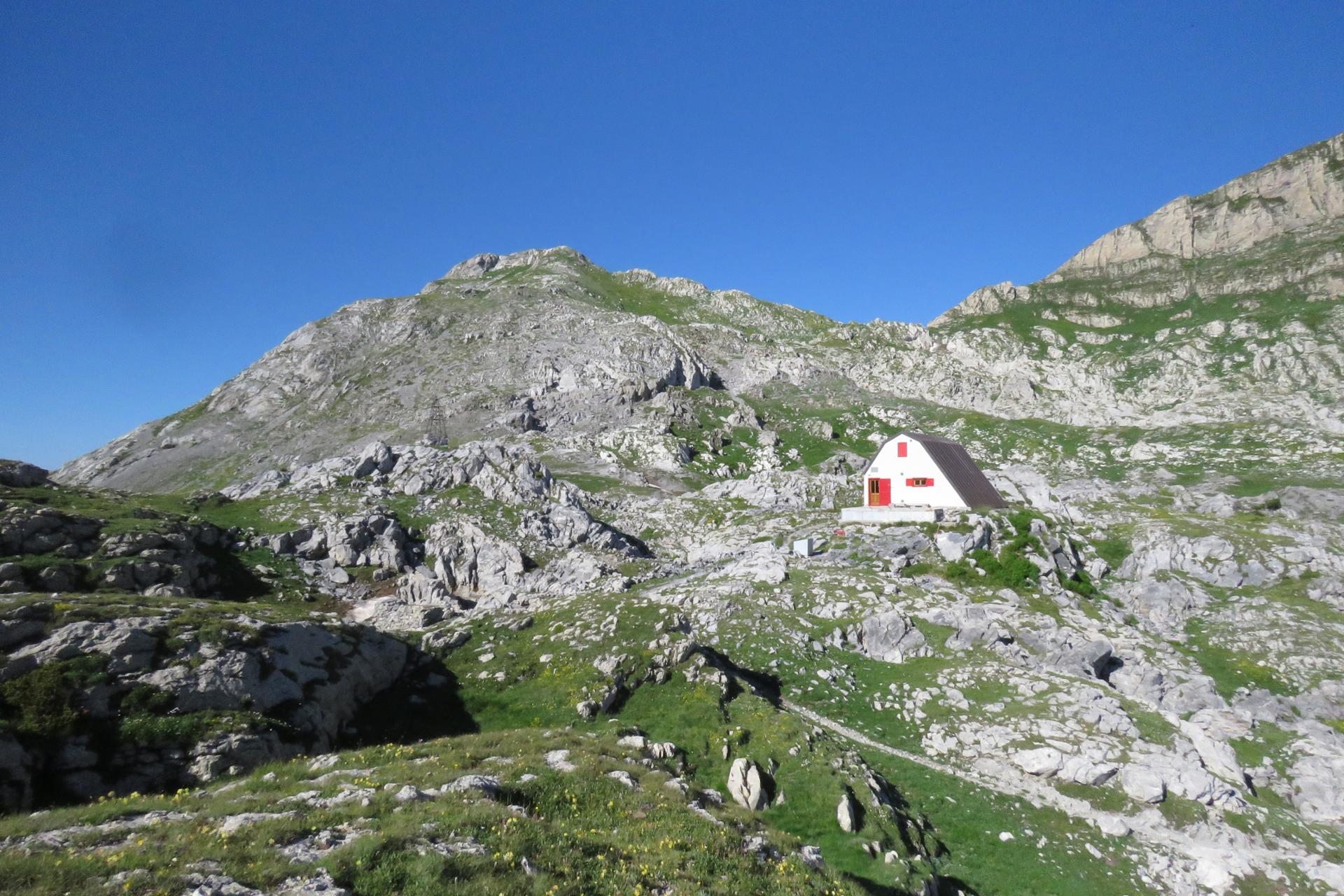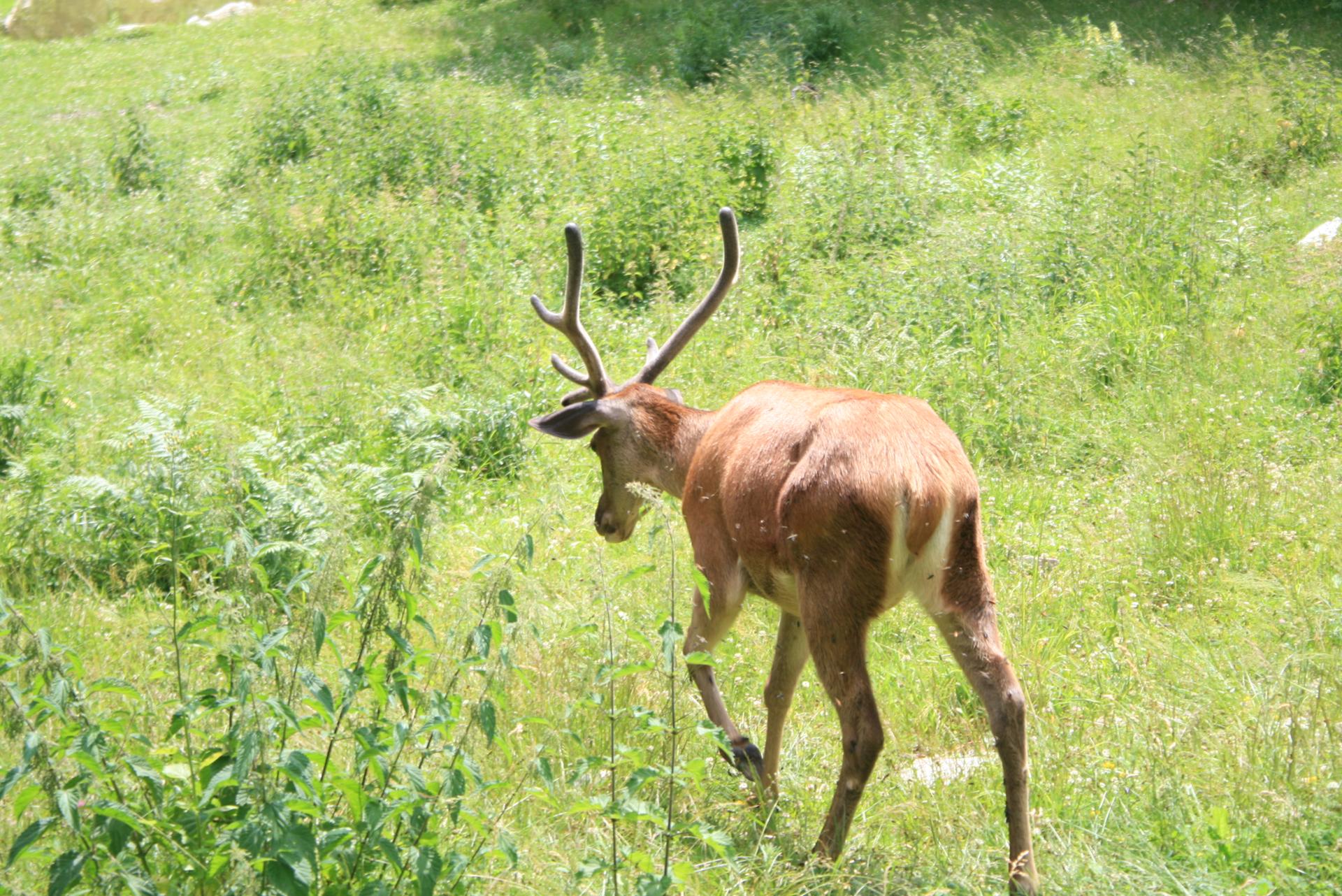
CHIUSA PESIO, VALLE PESIO, VALLE TANARO
- Home
- The Territory, our home - Visit Cuneese
- MARGUAREIS NATURAL PARK
MARGUAREIS NATURAL PARK
The Marguareis Park, established in 1978, protects 7,900 hectares of alpine environment spanning the upper Pesio and Tanaro valleys and the municipalities of Chiusa Pesio, Briga Alta and Ormea. Since 2016, along with the Natural Park of the Maritime Alps, it has been part of the Ente di Gestione delle Aree protette delle Alpi Marittime. Its heart and symbol are the limestone massif of Marguareis, in the Ligurian Alps, which hosts one of the most important karst systems in Europe.






Discover
more
From the tip of the Marguareis, at 2,652 meters above sea level, and from most of the nearby hills, the view sweeps from Corsica to Monte Rosa. Below 2,000 meters, splendid forests of silver fir, beech and larch provide shade for hikers, while the stubborn mountain pine grows in the most difficult areas.
A biodiversity hot spot suspended between the Alps, Provence and the Mediterranean basin, the Park is home to an exceptional variety of floral species - with continental alpine species alongside characteristic plants of the Mediterranean vegetation. The fauna in this area is also varied and rich, and the most typical alpine species are well represented: roe deer, deer, chamois, marmots, eagles and black grouse. Completing the ecosystem of the Valle Pesio, the first stable herd of wolves documented in the Italian Alps settled here in the mid-1990s: the ultimate seal on an intact, vital alpine environment.
An excellent network of paths and the welcoming shelters on both sides of the Marguareis massif introduce hikers to the protected area, offering them an opportunity to savour its bright and open views. The Tour del Marguareis is particularly popular and can be covered in five or six stages. Many of the Park’s paths follow the ancient “salt roads”, paths that link the Po Valley and the sea. The most famous of the is the splendid Limone-Monesi military road, also known as the Alta Via del Sale, which passes on the southern border of the Park. Further downstream, the imprint of history is clearly visible in the legacy left by the monks of the Certosa in the Pesio Valley: a carefully managed forest that the Park continues tending to today with commitment and passion.
esempi di as xml: xml serveResource con templateId (chiave)
esempi di as json: json serveResource con templateId (chiave)
esempi di as json e siteId: json serveResource con siteid
Cosa
fare
No result found
No result found
Esperienze
No result found
No result found
No result found
Dove
dormire
No result found
No result found
Offerte
No result found
No result found
Info
No result found
No result found


